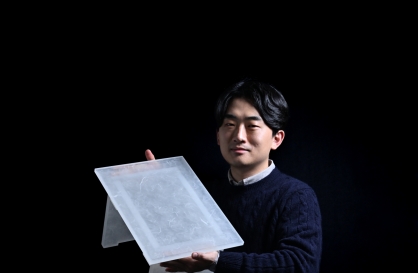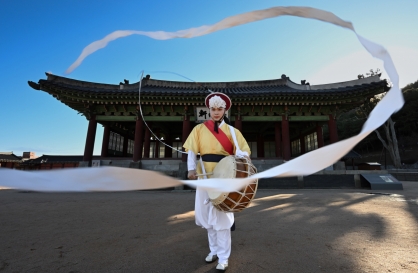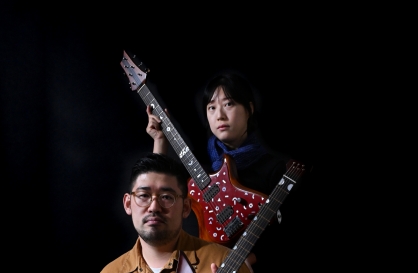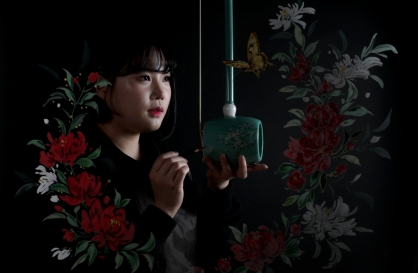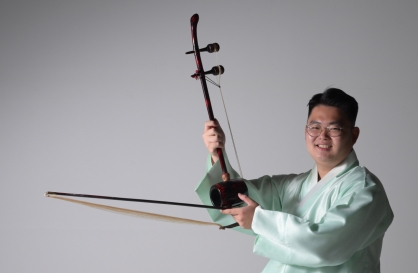Most Popular
Eye Plus
[Eye Plus] Chinatown in Incheon, still at the heart of Korea-China ties, history
By Son Ji-hyoungPublished : Sept. 1, 2017 - 16:46
A gold-embellished, red-lacquered pailou, or Chinese arch, looms over a street on the shore of South Korea’s port city of Incheon.
The blue-colored board attached to the 11-meter high structure reads Zhonghuajia, Chinese for ‘Chinese avenue,’ marking the entrance to Incheon Chinatown, the largest Chinatown in the nation.




Photographed by Park Hyun-koo
Written by Son Ji-hyoung
The blue-colored board attached to the 11-meter high structure reads Zhonghuajia, Chinese for ‘Chinese avenue,’ marking the entrance to Incheon Chinatown, the largest Chinatown in the nation.




Photographed by Park Hyun-koo
Written by Son Ji-hyoung









![[Graphic News] South Koreans favor Japan for repeat overseas trips](http://res.heraldm.com/phpwas/restmb_idxmake.php?idx=644&simg=/content/image/2024/11/27/20241127050101_0.gif&u=)

